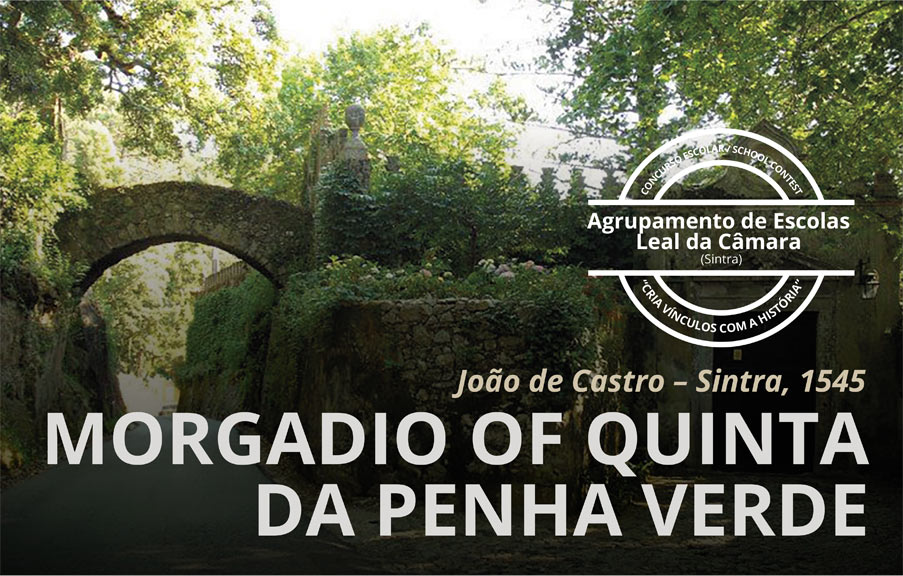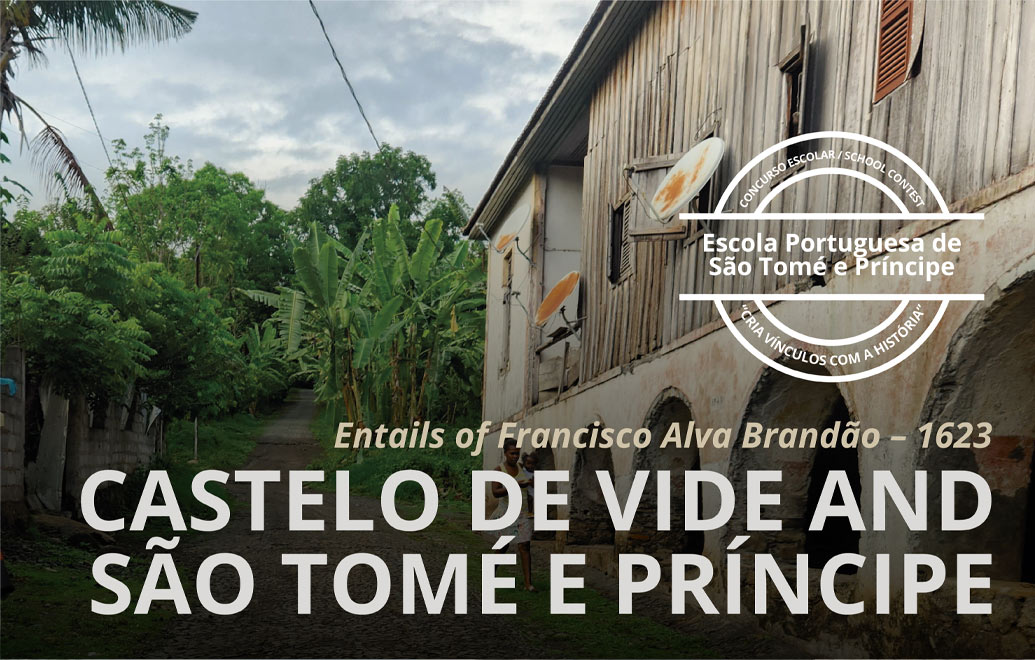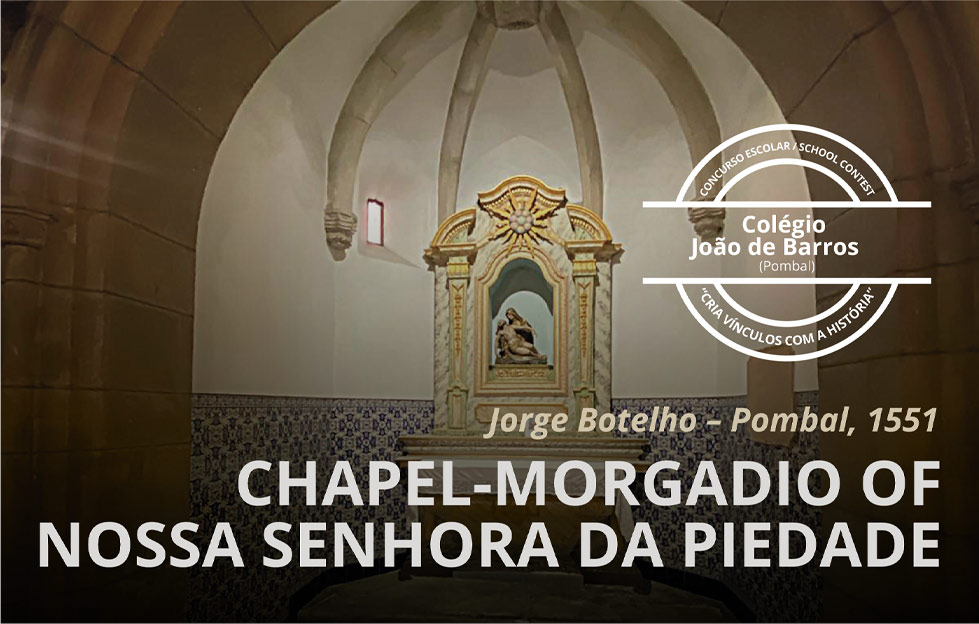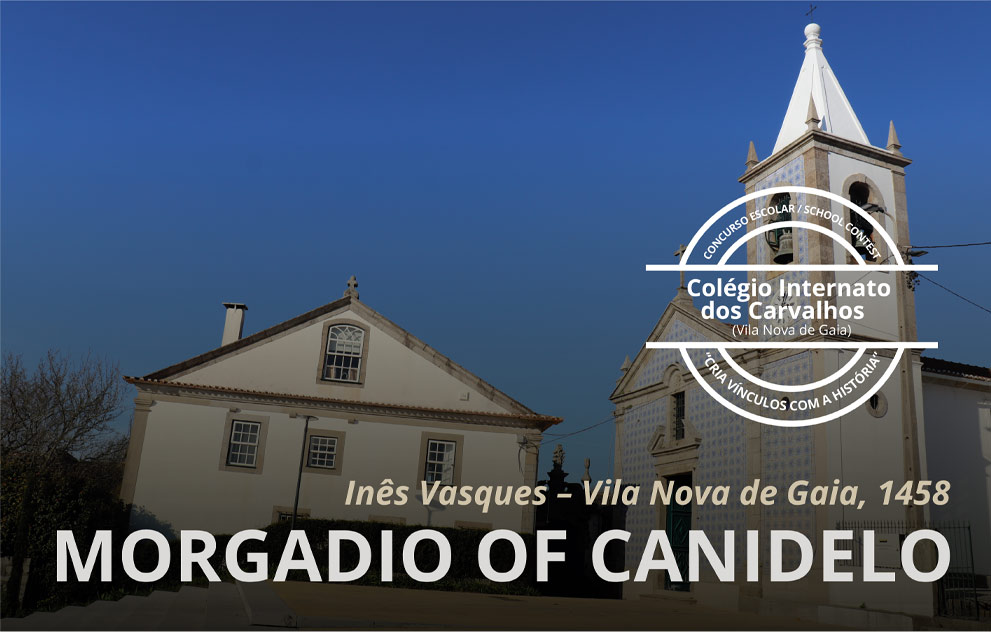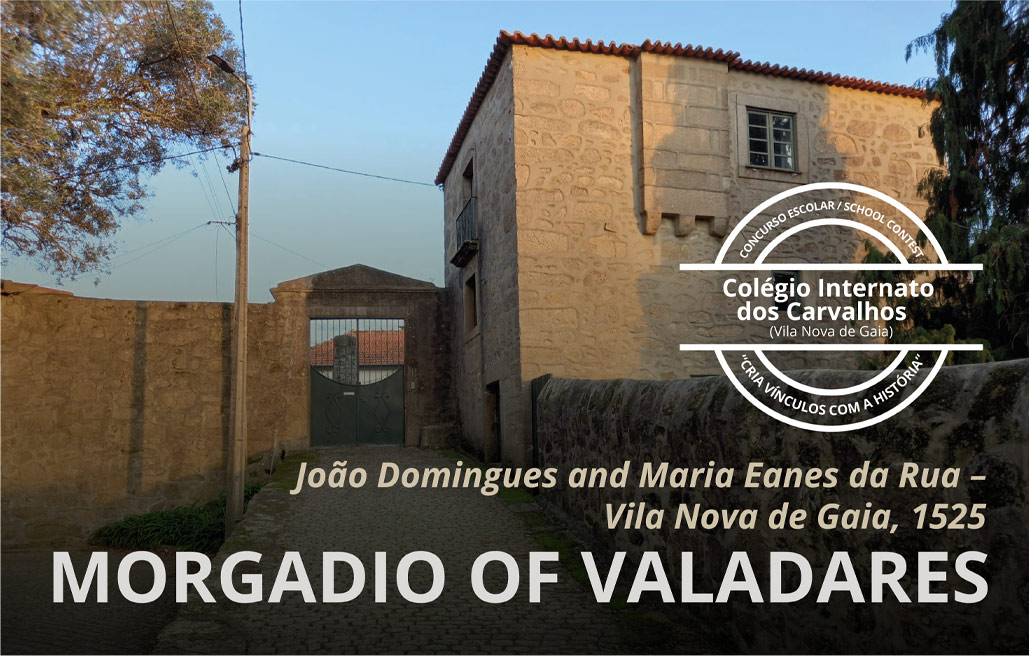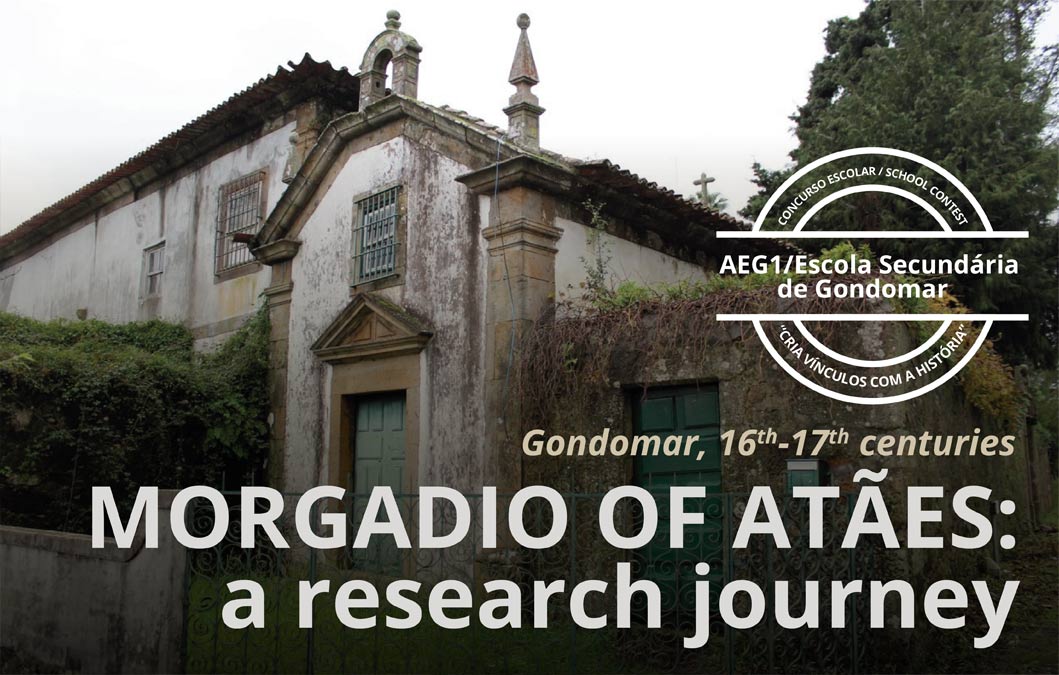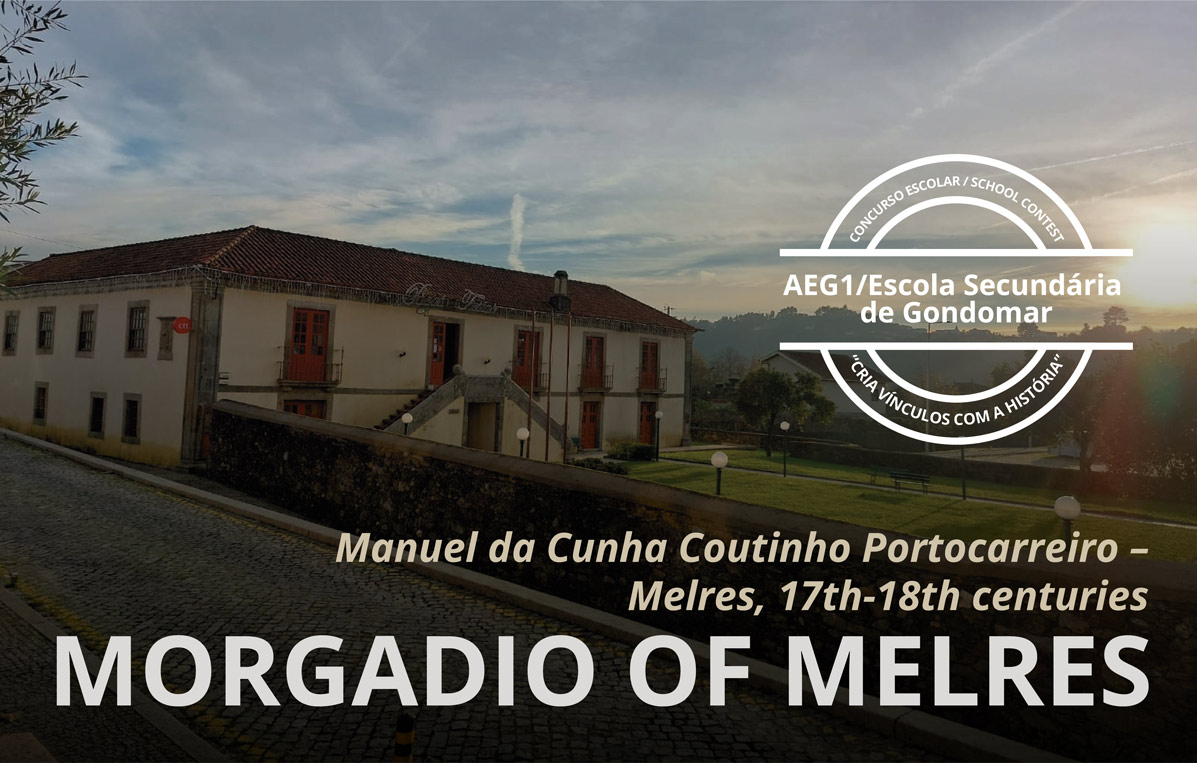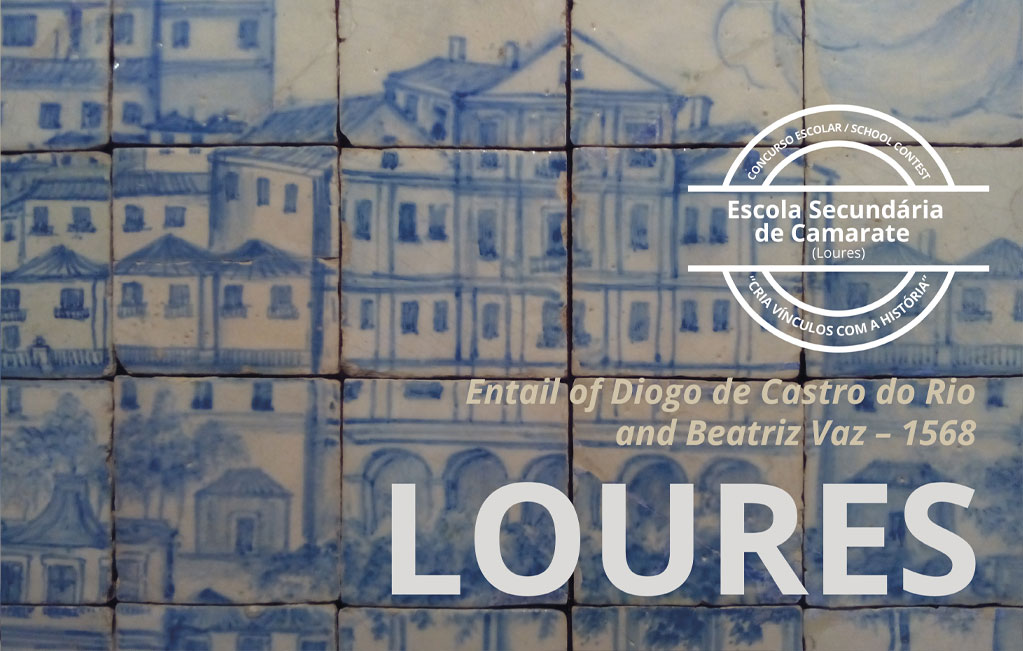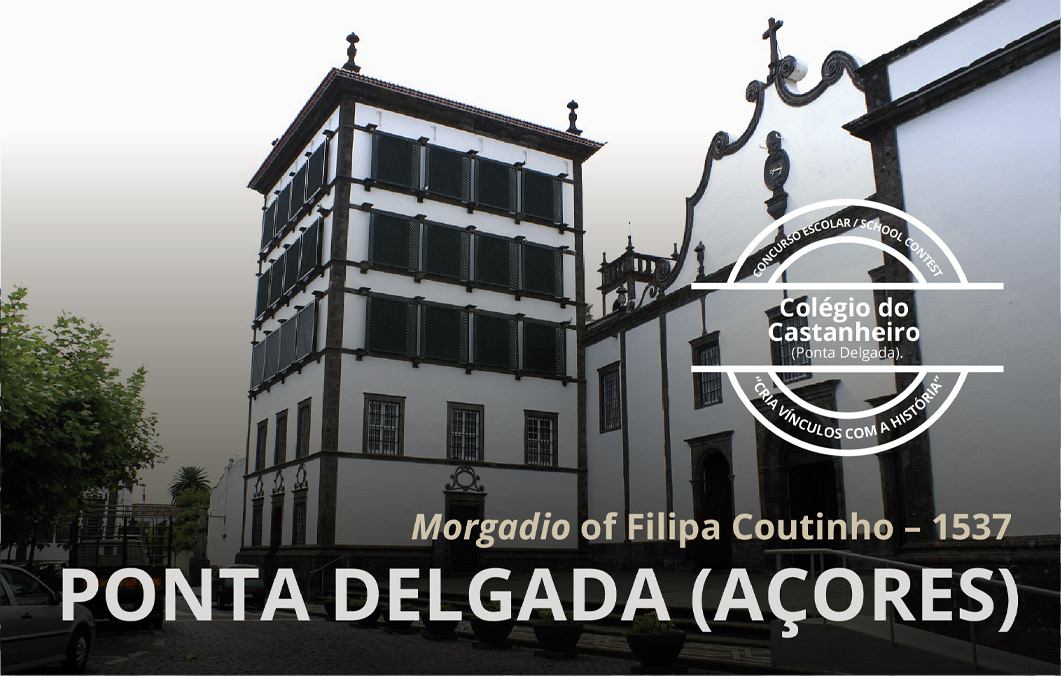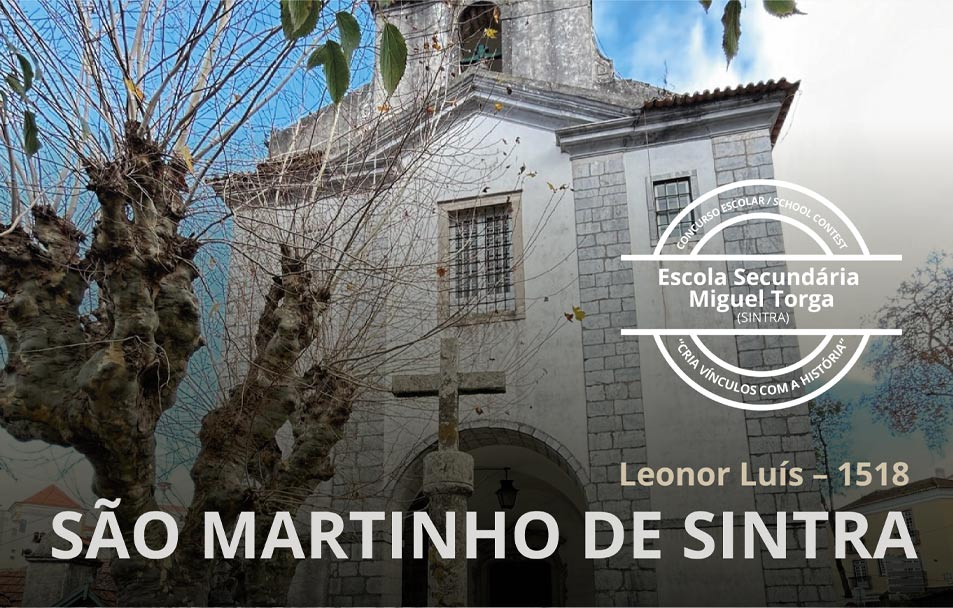Entail of the month (July, 2022)
Morgadio of Gonçalo Gil Barbosa and Mécia Mendes de Aguiar
Santarém, 1507
The morgadio was founded in 1507, in Santarém, by the royal household knight and commander of the Order of Christ, Gonçalo Gil Barbosa (d. 1509), and his wife, Mécia Mendes de Aguiar (1466-c.1540). We know about it through a copy made in a 1515 inventory (Livro de Inventário, avaliações e partilhas dos bens de Gonçalo Gil Barbosa), found in the private archive of the Paiva Calado family, descendants of the founder.
Although not totally unknown, information about the social origins of the founders suggests that the couple originated in a secondary line of noble families from the North of Portugal who had settled in Santarém. Considered to be of medium or low noble extraction, future generations held positions in the local administration, such as Gonçalo Gil Barbosa, described in the first documentary references as the king’s head squire. In 1500, he left for India as the scribe accountant on Pedro Álvares Cabral’s ship. This was the turning point in Gonçalo Gil Barbosa’s life. When the Portuguese emissaries died during an audience with the Zamorin of Calicut, including Pêro Vaz de Caminha, the putative feitor, Barbosa was chosen to replace him and therefore appointed feitor upon his arrival in Kochi. Two years later, he was transferred to the Cannanore trading post, where contact with the local merchant networks was direct. He invested in the Indian trade, living in Cannanore until 1506, when he returned to Portugal (REIS, 2022, p. 36-40). For his services to the crown as a feitor, the future founder was made a nobleman and afterwards a knight of the royal household (REIS, 2022, p. 47).
Once the formal connection to the royal circle had been consolidated, the new social status was reinforced by Gonçalo Gil Barbosa’s good fortune in India. This is best exemplified by the inventory of his goods, dating from 1515, which puts his goods at over 5 million reis (REIS, 2022, p. 88). In addition to the earnings from dealing with the ships, the nature and economic dimension of the family were characterised by investments and management of their estate, such as properties used for renting out and for agriculture came out as profitable (REIS, 2022, p. 95-97). The lending of large sums to high-placed individuals and, possibly, a sound financial management were critical to this.
Like in so many other cases researched as part of the VINCULUM project, Gonçalo Gil Barbosa and Mécia Mendes de Aguiar capitalised on their fortune by consolidating their social ascension through the institution of a morgadio. The conditions for which were set out in a will dating from 2 March 1507. At the Convent of the Holy Trinity, “for the health and salvation of their souls and the unburdening of their consciences”, the couple bound their terças, movable goods and land (REIS, 2022, p. 45). They further determined to be buried in a family tomb in the Church of Santa Maria de Marvila, Santarém, the costs to be fully supported by the terças and properties. So that “they always remain with those of our lineage” (REIS, 2022, p. 175), the criteria of succession followed the logic of genealogical ties, based on primogeniture and the male line and excluding clerics from becoming administrators. Regarding the pious obligations, the couple instituted three masses a year in the church mentioned above (during the week of St Lazarus), each administrator contributing 120 reais. They also determined “a poor man to wear a gown and a hat, and shirts and shoes” (REIS, 2022, p. 176). Thus, the entail was to continue perpetually. Francisco Barbosa (1490-c. 1530), a male son, was appointed as the next administrator. The inheritance was “never to be sold or exchanged, nor parted or alienated (…) because our will is that forever they stay together in memory of us” (REIS, 2022, p. 175).
When Gonçalo Gil Barbosa died, the minority of some of his sons and daughters left the management of the estate to the wife, as foreseen in the will (REIS, 2022, p. 177). To this followed an inventorying, evaluation and division of the assets among the heirs, culminating in the 1515 Livro de Inventário. Somewhere between 1531 and 1532, the clauses of the joint will were revised by Mécia Mendes de Aguiar through a new will, which altered aspects of the original institution. In effect, in face of the early death of her son Francisco, Mécia defined a new succession framework based on the male line of her eldest daughter, Maria de Aguiar (ANTT, Morgados e Capelas, Vínculos, Santarém, “Cópia do registo dos títulos…”, fl. 18). Furthermore, the Chapel of Jesus in the Monastery of St Augustine, Santarém, was chosen as the burial place for the couple and their successors. They were to lie in shallow graves, since Mécia did not wish a monument or high grave to be made for her (ANTT, Morgados e Capelas, Vínculos, Santarém, “Cópia do registo dos títulos…”, fl. 15v). The space, whose conservation was to lay on future administrators, comprised a “big” altarpiece (ANTT, Morgados e Capelas, Vínculos, Santarém, “Cópia do registo dos títulos…”, fl. 22v). In the scope of the liturgy prescribed for burials, a daily mass was introduced (ANTT, Morgados e Capelas, Vínculos, Santarém, “Cópia do registo dos títulos…”, fl. 19v). For Mécia Mendes de Aguiar’s burial, the chapel should be decorated with “silk cloths from India” and other sacred implements, later to be donated to the priests in the monastery (ANTT, Morgados e Capelas, Vínculos, Santarém, “Cópia do registo dos títulos…”, fls. 22-22v). The embellishment of the divine cult (ROSA, 2012, p. 443) came in hand with the family’s economic power. Although above all it was directed towards funeral and liturgical expenses, it also reflected on the private sphere, namely objects of outstanding pious and economic value, such as a silver reliquary with a thorn from the crown of Christ and a piece of wood from the Holy Cross, “which I highly value with deep veneration and esteem” (ANTT, Morgados e Capelas, Vínculos, Santarém, “Cópia do registo dos títulos…”, fl. 25). These objects belonged by law to the future administrators.
Cautioning the succession void caused by the death of Francisco Barbosa, the inheritance of the morgadio fell on the descendants of his sister, Maria de Aguiar (REIS, 2022, pp. 76-78). Information about the possession of the morgadio resurfaces at the time when the descendants of the first marriage of the next daughter in the line of succession, Isabel de Aguiar, were the administrators. When her two sons died at the battle of Ksar El Kebir , the estate was under the administration of her daughter, Leonor Godinho de Aguiar, and her husband, Gaspar de Paiva de Magalhães. The marriage of the couple’s son, Cosme de Paiva e Vasconcelos, to Lady Felipa Bernardes, at the beginning of the seventeenth century, materialised the merger of the property bound in 1507 with the Morgadio da Foz (1580), founded by António Vaz Bernardes and Joana Lopes Brandoa (REIS, 2022, p. 84).
Joana Soares, Beatriz Merêncio, Pedro Reis, Maria de Lurdes Rosa (in collaboration with Francisco Paiva Calado – Paiva Magalhães family)
Coordination: Rita Sampaio da Nóvoa
Sources and bibliography
ARQUIVO NACIONAL DA TORRE DO TOMBO – “Cópia do registo dos títulos concernentes a dois vínculos instituídos por António Vaz Bernardes e sua mulher Joana Lopes Brandoa e por Gonçalo Gil Barbosa e sua mulher Mecia Mendes de Aguiar, sendo administrador José de Paiva Magalhães Vasconcelos Bernardes”, in Morgados e Capelas, Vínculos, Santarém, nr 17.
REIS, Pedro Miguel Guerreiro Pereira dos – Depois da Índia: Regresso, morte e posteridade de Gonçalo Gil Barbosa. Lisbon: Faculdade de Ciências Sociais e Humanas, 2022. MA diss in Medieval History.
ROSA, Maria de Lurdes – As Almas Herdeiras. Fundação de Capelas Fúnebres e Afirmação da Alma como Sujeito de Direito (Portugal 1400-1521). Lisbon: Imprensa Nacional-Casa da Moeda, 2012.
Other entails of the month



